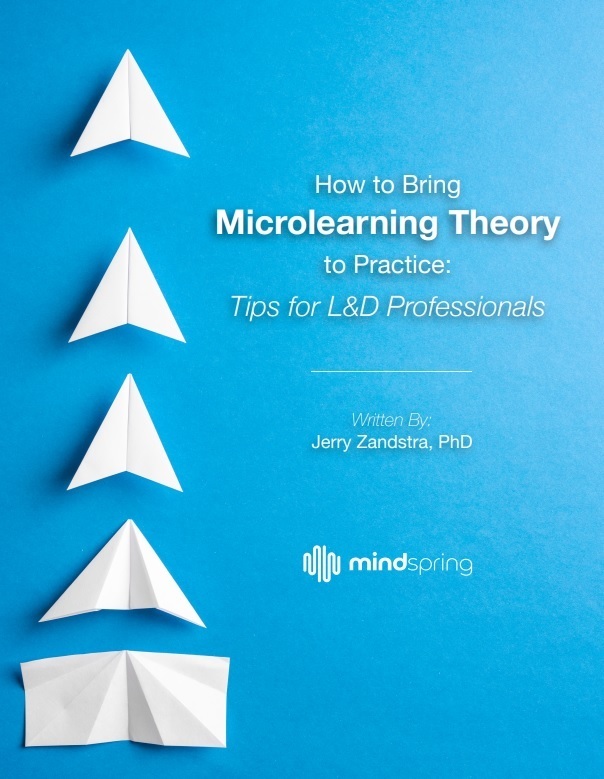A Case Study On Microlearning For Training Purposes
Updating years-old eLearning content to be more engaging isn’t a new challenge. Yet when a grant-funded organization that supports law-enforcement agencies approached Inno-Versity, they did bring several unique challenges. Let's explore all the benefits in this microlearning case study.

Challenge
This national organization had grant funding to expand its scope of influence and recognized this as an opportunity to improve the learner experience. The existing eLearning content had more than aged. It was over ten years old. By the leadership’s own admission, the learning was stale and unengaging. Additionally, due to the grant’s broad-reaching aspects, the organization’s audience was broad and rather diverse. The content needed to apply to local- and state-level law-enforcement officers as well as other security officers.
Finally, the content focused on officer well-being; however, these topics are voluntary learning events for most organizations, so there was additional pressure to make sure the learning was engaging and motivating.
Solution
In this case study, microlearning was the perfect instructional and deliverable solution to this challenge: Inno-Versity designed the content in stages, from level one to three. Learners had to complete a level before moving on to the next, but this also ensured that they would not be overwhelmed with too much or too-detailed content before they were ready. This also provided Just-In-Time content the learners could access at a later date. Other microlearning elements included short animations, slider-bar self-assessments, and detailed scenarios that provided instant feedback at decision points.
One unique microlearning element was the use of an avatar. An avatar in and of itself isn’t unique, but the avatars changing throughout the course greatly contributed to the learner experience. Learners created and named their avatar. Then, because the course focused on the physical and mental, the avatars would change appearance throughout the courses, based on the learner’s decisions.
Another unique element of this learning experience was the way self-reflection was built in. This came through “challenges,” times to stop, self-reflect on what they’d learned, and make an action plan. These challenges were stored with the course, and the learner could print them at the end to have a compiled action plan. They also populated the course site’s “locker room” as part of the course’s game elements.
The content was delivered entirely as eLearning modules, so it’s perhaps not the first thing someone would envision when thinking of microlearning. As the rest of the eBook has pointed out, microlearning is traditionally delivered in a variety of formats from animations to infographics and many other formats. But the short (five minutes or less) pieces of content paired with the scaffolded stages created the microlearning bursts the learners required.
Benefit
This revised program, built with microlearning elements and principles, was highly successful in the rollout. It raised the organization’s profile nationally, which improved its reputation and snowballed into a larger group of law-enforcement agencies implementing the learning program.
Another interesting and unpredicted benefit was the payback to the organization internally. Members of the Learning and Development team stated that we’d raised the bar for creating engaging eLearning content. This had boosted morale on the team and increased awareness within the organization of what quality microlearning looked like.
Microlearning Case Study Conclusions
But more than anything, the most significant benefit was to the law-enforcement officers participating in the learning. Their physical and mental health habits improved as well as those of the communities they live in. Perhaps the most powerful commentary on this project was what the client learning team told us at the beginning and we saw bore out at the end.
If we’re successful, we save lives—and not just the lives of the officers but also the lives of bystanders and subjects. If you want to discover more about microlearning, download the eBook How To Bring Microlearning Theory To Practice: Tips For L&D Professionals. Get to discover all the enticing microlearning tips for L&D professionals. Also, join the webinar to discover how microlearning impacted employees' behavior and transformed organizational culture.


